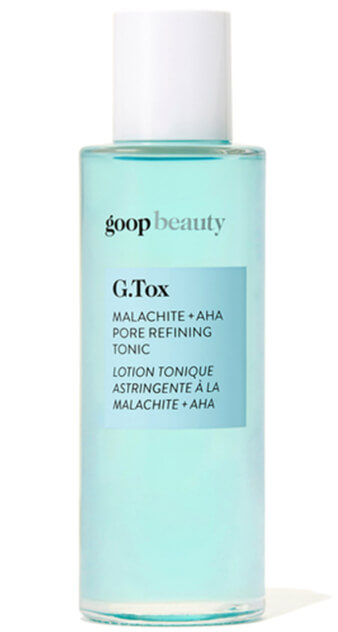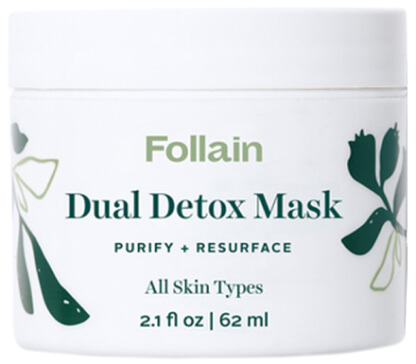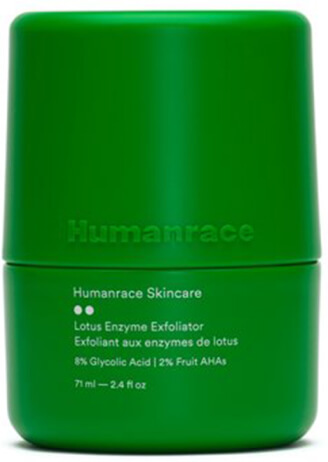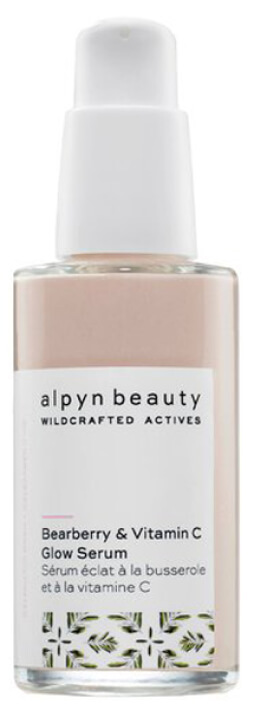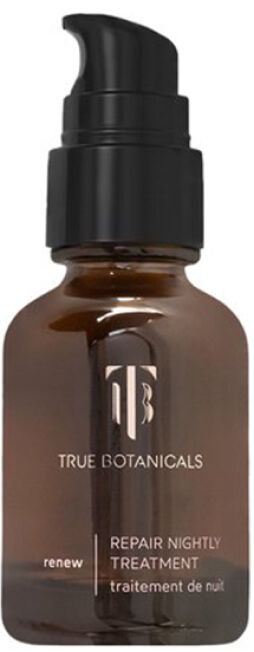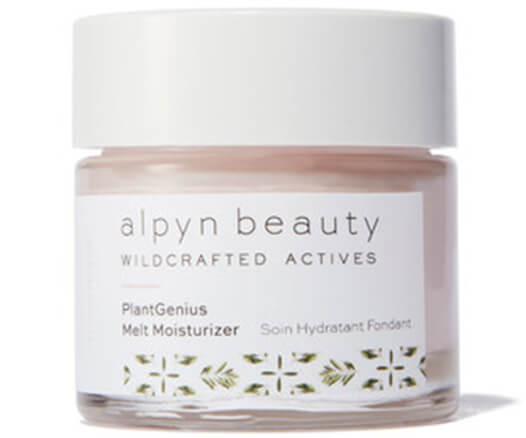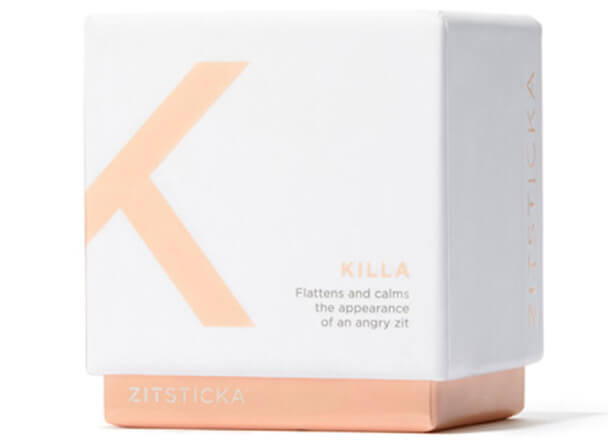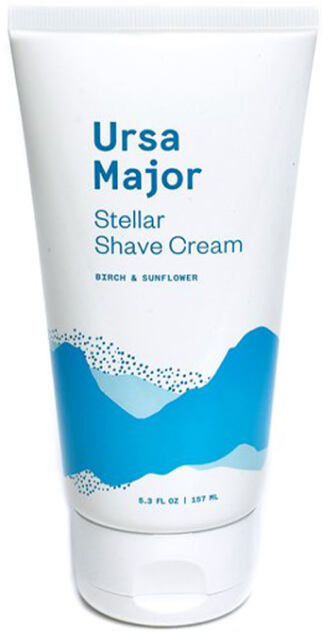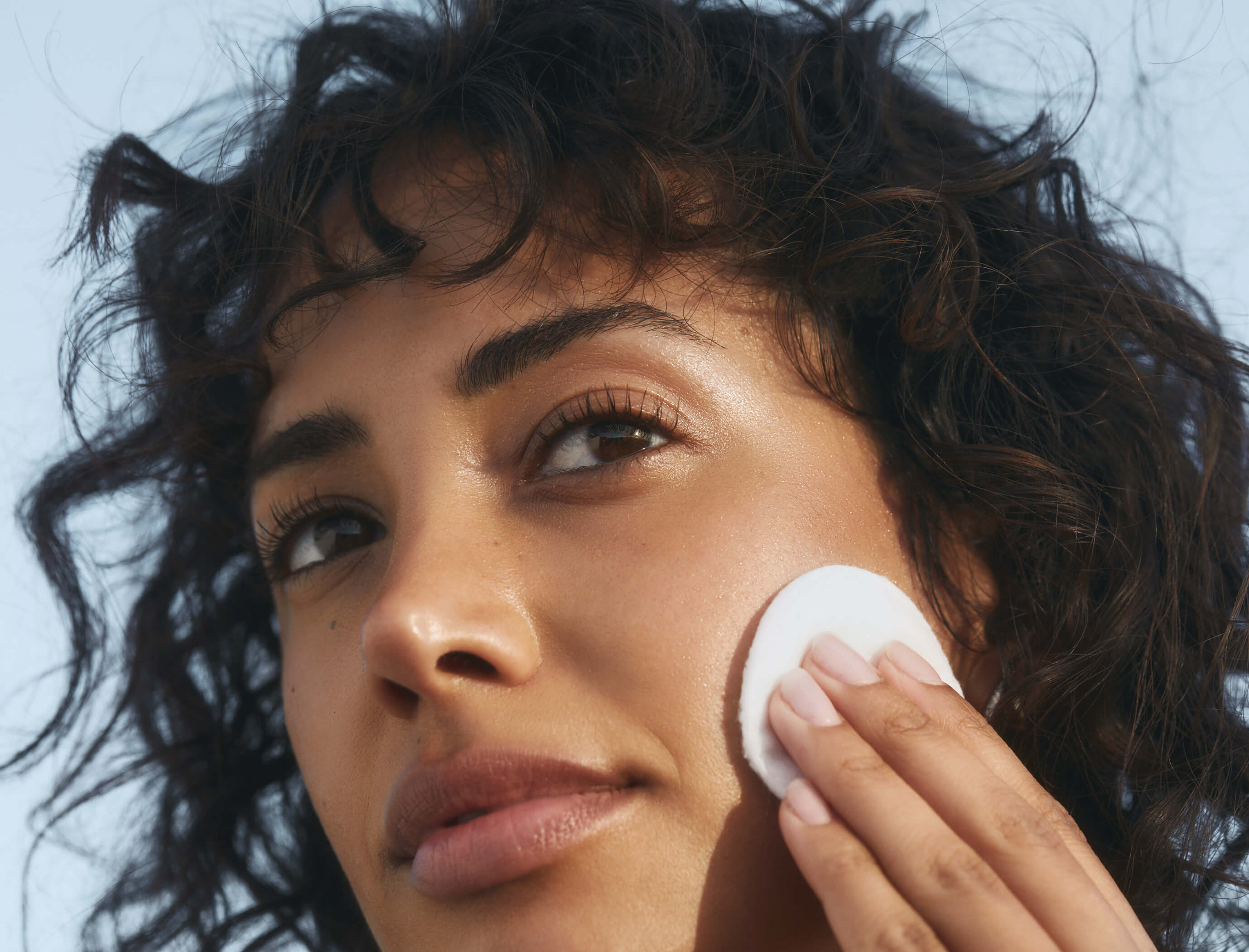
What Does Glycolic Acid Do for Skin?
Whether your issue is dryness, sun damage, blemishes, or dullness or you just want your beautiful skin to continue to be beautiful as you age, glycolic acid—like other alpha hydroxy and beta hydroxy acids—is one of the best ways to improve your skin in both the short and the long term.
Used in combination with physical exfoliants in an instant-glow face polish, as the key ingredient in a powerful once-a-week overnight peel, or as an adjunct to make a great self-tan work even better, AHAs and BHAs are incredibly effective compounds that deliver noticeable results.
Glycolic, lactic, citric, and malic acids are all in the exfoliating AHA category and work by gently removing the top layer of dead skin cells (along with pollution, grime, makeup, and anything else that might potentially clog pores) through natural chemical exfoliation. Salicylic acid works in a similar manner. The advantage of chemical exfoliation is that it’s extremely even—unlike physical exfoliation, which is less uniform. (The two work well together—a combination of chemical and physical exfoliants like the microminerals in GOOPGLOW Microderm can be extremely beneficial.) The results are the reason glycolic acid and other AHAs are so beloved by so many different skin types: They can help unclog pores, soften the appearance of wrinkles, minimize the look of dark spots, and even increase moisture in skin. After a good exfoliation with AHAs, your skin should be soft and smooth and look decidedly glowier.
Like all exfoliants, AHAs and salicylic acid facilitate the absorption of any treatment that follows. Different types of acids yield different benefits, so it’s often useful to combine them in skin treatments. Glycolic acid, for instance, is the smallest molecule among the alpha hydroxy acids, so it can go deeper into the layers of the skin; it was initially developed for the treatment of extremely dry skin. Salicylic acid has soothing and antibacterial properties, so it can be helpful for breakout-prone skin. A combination of glycolic and salicylic acids in treatments can help smooth texture; the blend of glycolic and phytic acids in the G.Tox tonic helps clear pores and soothe blemishes.
The concentrations of a particular acid within a formula, as well as the way the acid is delivered, can make a big difference in results: At lower concentrations, AHAs can be gentle enough for even sensitive skin. New clean skin-care tech allows treatments like the GOOPGLOW Flower Acids Resurfacing Toner—a gently exfoliating cocktail of citric, hibiscus, and prickly pear flower acids that works for every skin type, including sensitive—to deliver significant results without the irritation often associated with retexturizing formulas.
At higher concentrations, like the 15% glycolic acid in the GOOPGLOW Overnight Glow Peel, AHAs can work powerfully to retexturize, clarify, and refine. Inspired by professional treatments, the peel goes to work refreshing and resurfacing skin overnight and costs a fraction of what an in-office session goes for.
Radiance-Boosting Masks
While the GOOPGLOW peel is swiped on before bed so the active ingredients can work overnight, you can leave more traditional masks on for just a few minutes, allowing the botanicals, alpha or beta hydroxy acids, and phytonutrients to work in synergy. Smooth the formula that best suits you onto cleansed skin, wait the suggested amount of time (or less, depending how sensitive you are), rinse—and relish the glow.
For Smooth Skin All Over (and a Better Tan)
In the same way exfoliating your face has an instant (and long-term) brightening effect, sloughing away dead cells on your body results in silkier, more-even skin and, again, has the added benefit of allowing any treatment you put on next—like body butter or self-tanner—to penetrate more easily.
Essential Cleansers
No matter your skin type, the cleansing step is a powerful way to use glycolic acid and other alpha and beta hydroxy acids to boost skin.
AHA Essences
These water-based formulas are great for both hydrating and balancing skin, and they help prep for treatment products to follow. Apply them after cleansing and before moisturizing or smooth or spritz them on throughout the day for an instant skin pick-me-up.
Best AHA Serums
Serums’ silky texture makes them brilliant for targeting any number of skin issues, including dullness, blemishes, dryness, and more.
Face Moisturizer
Moisturizing makes lines and wrinkles less visible; moisturizers that have even small concentrations of alpha hydroxy acids can have an even more significant line-smoothing effect.
Acids in a Breakout Routine
AHAs and BHAs can dissolve oil, dirt, makeup, pollution, and other residue, making them excellent for oily skin; salicylic acid, in the spot-treatment stickers below, both exfoliates and soothes.
Why Are There Acids in Shaving Cream?
Even a small dose of AHAs or BHAs in shaving cream helps produce a smoother finish. This one also includes soothing botanicals to protect against razor burn and smells fantastically of spruce and ginger.




